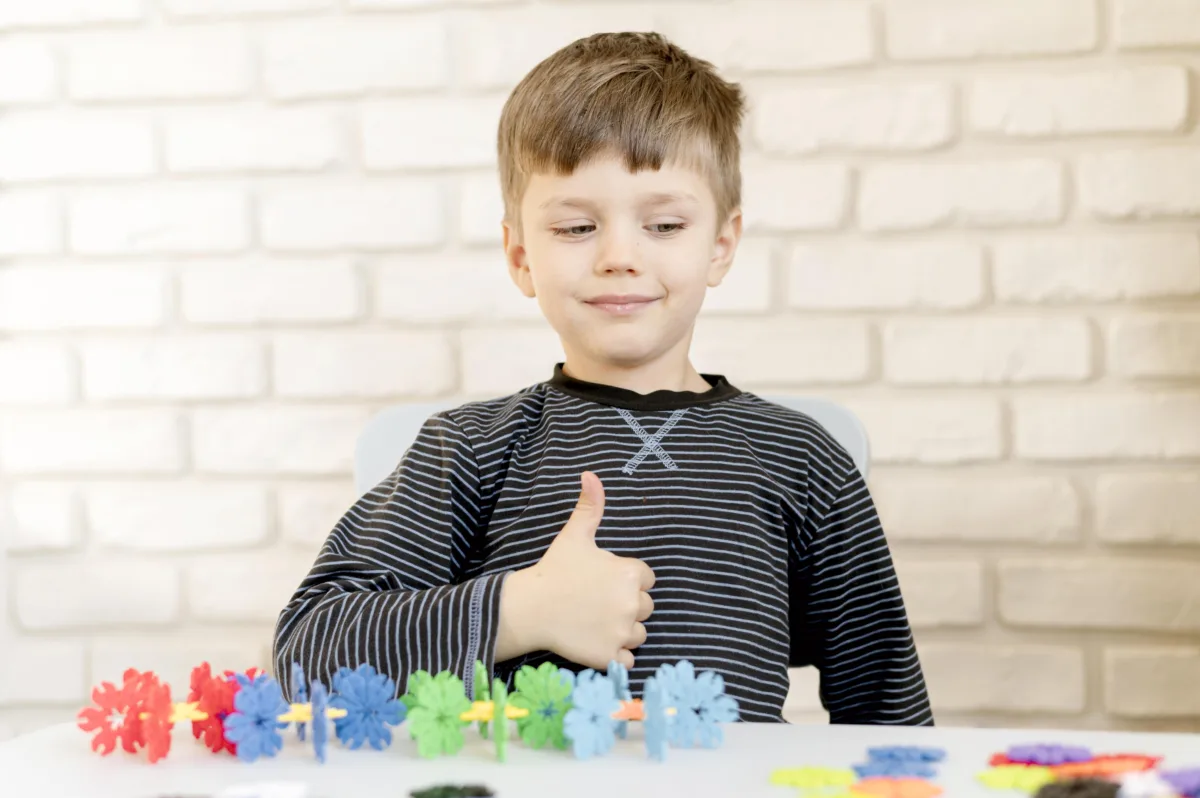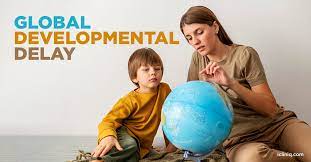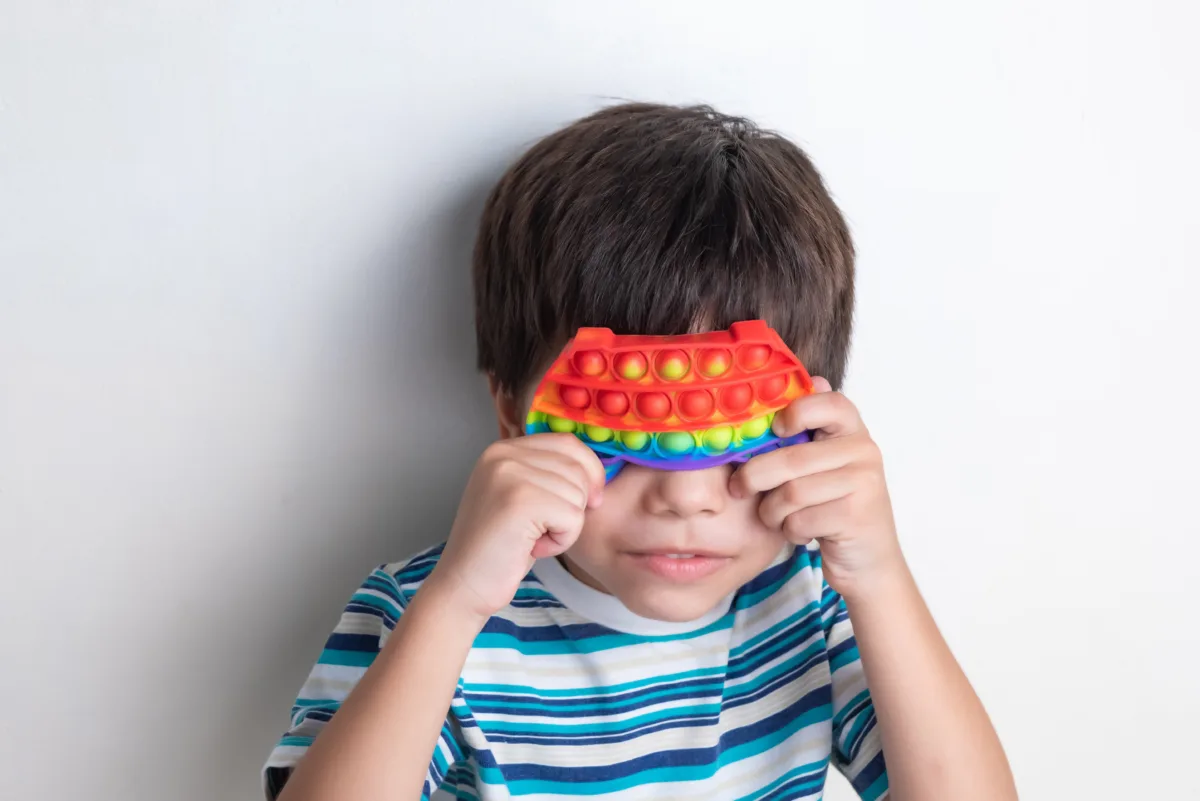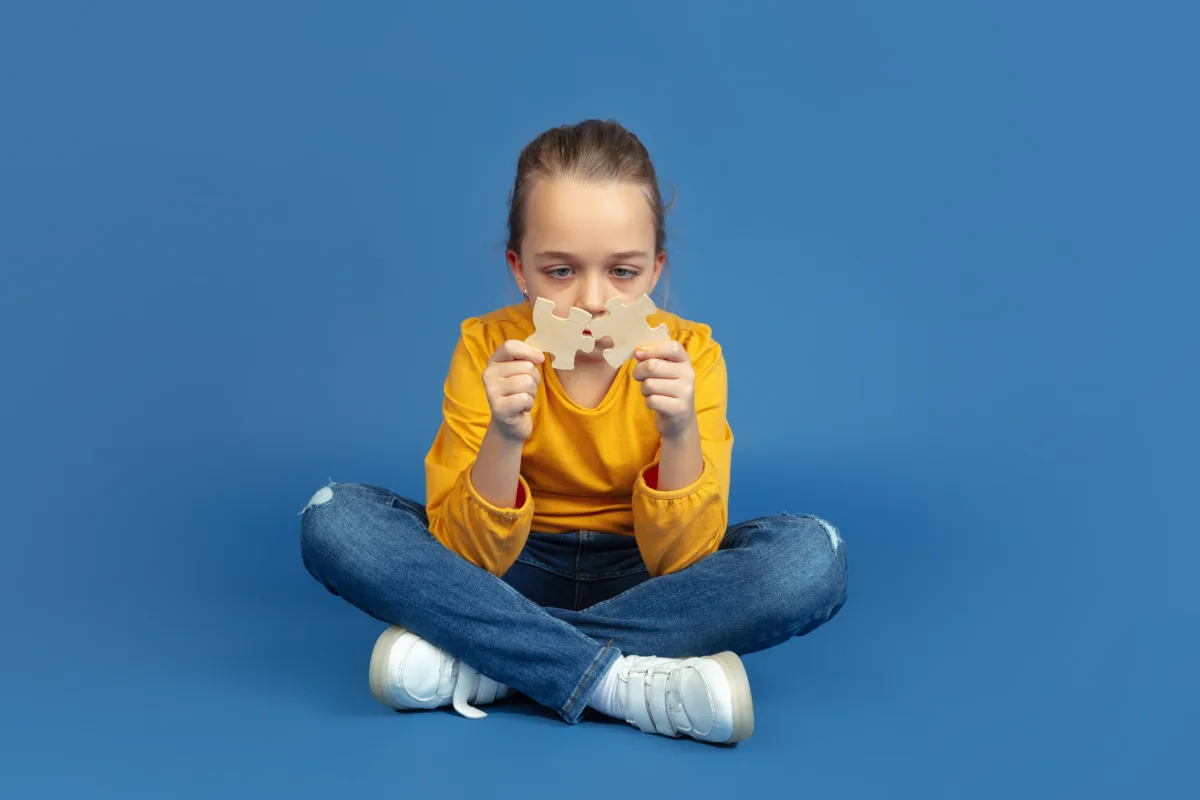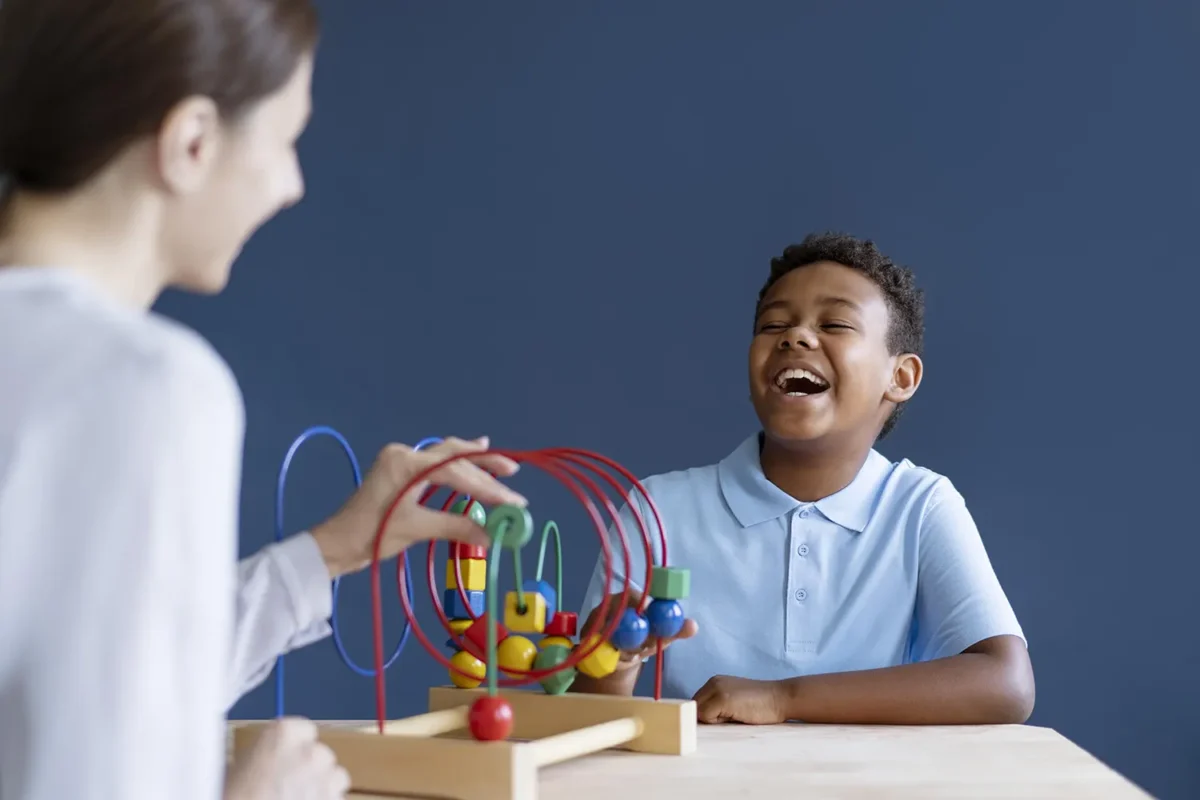Cognitive therapy is a type of therapy that focuses on helping individuals change negative thoughts and behaviors. It involves teaching children how to recognize and reframe negative thoughts, and then replace them with more positive, realistic ones. This can be particularly helpful for children with Down syndrome and autism, as they may experience feelings of frustration and low self-esteem due to their disabilities.
Autism and Down syndrome and autism are two developmental disorders that can affect children in different ways. Children with Down syndrome may face intellectual and physical challenges, while those with autism may struggle with social interaction and communication. However, both groups of children can benefit greatly from cognitive therapy.
In the realm of psychology and mental health, cognitive therapy has emerged as a powerful tool for understanding and reshaping the way we think. With its roots in cognitive-behavioral therapy (CBT), cognitive therapy focuses on examining and modifying our thoughts, beliefs, and attitudes to alleviate emotional distress and promote well-being. In this blog post, we will explore the principles of cognitive therapy, its benefits, and practical techniques you can use to cultivate a healthier and more positive mindset
Cognitive therapy (CT) operates on the premise that our thoughts influence our emotions and behavior. It acknowledges that our interpretation of events, rather than the events themselves, is what shapes our emotional responses. By identifying and challenging negative or irrational thoughts, cognitive therapy aims to reframe our thinking patterns and replace them with more realistic and adaptive beliefs.
For children with Down syndrome, cognitive therapy can help improve their self-esteem and confidence. This can be done by working with the child to identify and challenge negative thoughts about their abilities, and then replacing them with more positive, accurate beliefs. For example, if a child with Down syndrome believes that they are not good at anything, a therapist might help them identify their strengths and accomplishments, and then encourage them to focus on these positive qualities.
For children with autism, (CT) can help improve social skills and communication. This can be done by teaching children how to interpret social cues and respond appropriately. For example, a therapist might work with a child with autism to develop strategies for initiating and maintaining conversations, and for recognizing and responding to the emotions and needs of others.
Cognitive therapy can also help children with Down syndrome and autism manage stress and anxiety. This can be done by teaching them relaxation techniques, such as deep breathing and visualization, and by helping them develop coping strategies for dealing with challenging situations.
In addition to individual therapy, parents and caregivers can also benefit from cognitive therapy. This can involve working with a therapist to develop strategies for supporting their child with Down syndrome or autism, and for managing their own emotions and stress levels.
Cognitive therapy offers a transformative approach to improving mental well-being by targeting our thoughts and beliefs. By challenging negative thinking patterns, individuals can develop a more balanced and positive outlook on life. Remember that cognitive therapy techniques require consistent practice and guidance from a qualified therapist. By embracing the principles of cognitive therapy and incorporating its techniques into your daily life, you can embark on a journey of self-discovery and growth, ultimately leading to a healthier and happier mind.
In conclusion, cognitive therapy can be a highly effective treatment for children with Down syndrome and autism. By helping children change negative thoughts and behaviors, cognitive therapy can improve self-esteem, social skills, communication, and stress management. With the right support and guidance, children with these disabilities can reach their full potential and lead happy, fulfilling lives.
At Jeevaniyam, our doctors and therapists give a combination of ayurvedic protocols and therapies that will heal the child both mentally and spiritually and thereby increasing the quality of life the child.



